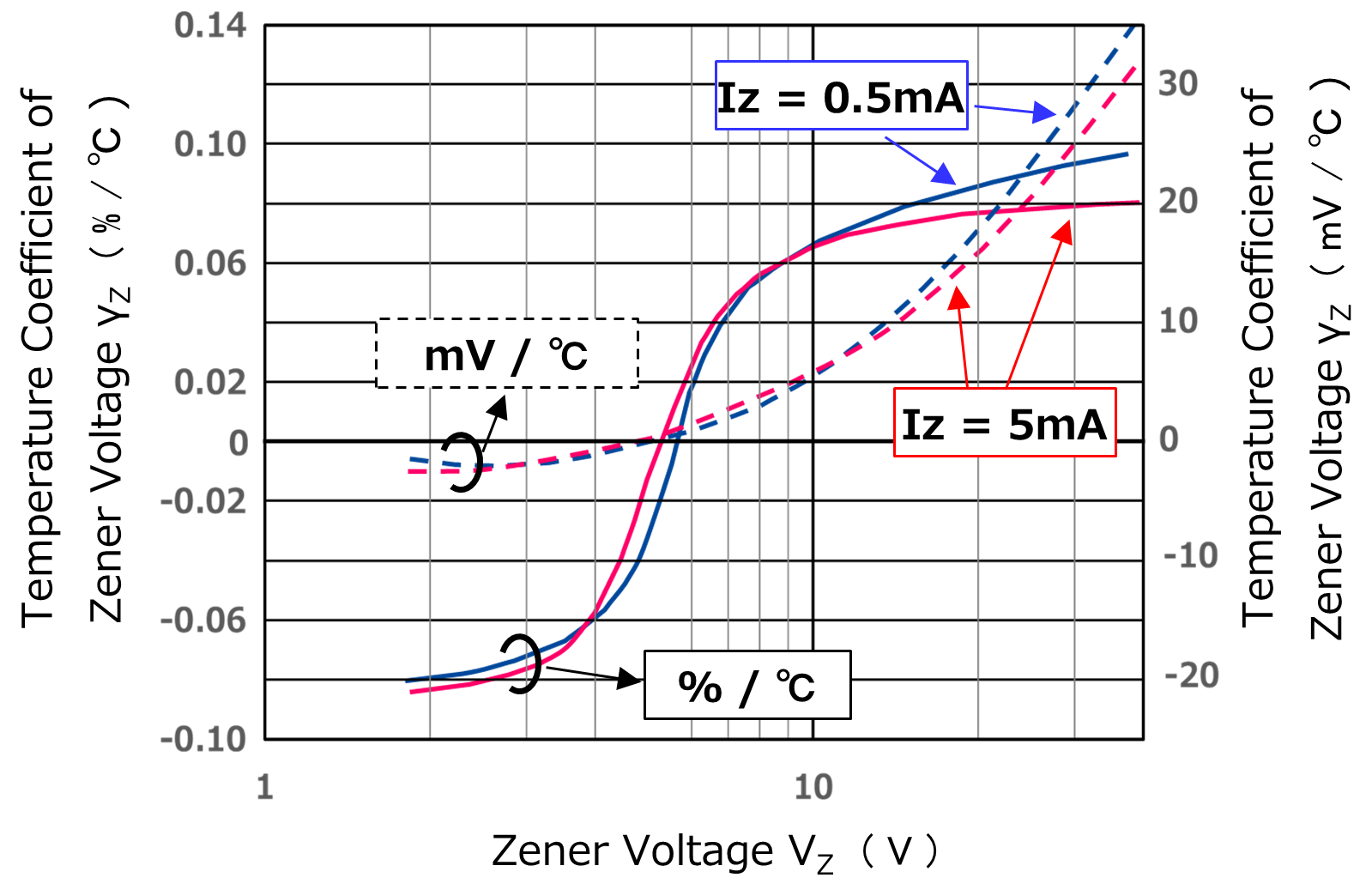-
My ToshibaSemicon
- 반도체 탑
-
애플리케이션Automotive
Body Electronics
xEV
In-Vehicle Infotainment
Advanced Driver-Assistance Systems (ADAS)
Chassis
IndustrialInfrastructure
BEMS/HEMS
Factory Automation
Commercial Equipment
Consumer/PersonalIoT Equipment
Healthcare
Wearable Device
Mobile
Computer Peripherals
-
제품자동차 디바이스
Discrete Semiconductor
다이오드
트랜지스터
로직 IC
Analog Devices
Digital Devices
Wireless Devices
※
: Products list (parametric search)
파워반도체※
: Products list (parametric search)
Isolators/Solid State RelaysPhotocouplers
Digital Isolators
Solid State Relays
Fiber Optic Transmitting Modules
※
: Products list (parametric search)
MOSFETsIGBTs/IEGTs바이폴라 트랜지스터※
: Products list (parametric search)
다이오드※
: Products list (parametric search)
마이크로컨트롤러모터 드라이버 ICIntelligent Power ICs※
: Products list (parametric search)
전원관리IC리니어 IC※
: Products list (parametric search)
범용로직IC리니어 이미지 센서기타 제품용 IC기타 제품용 IC
※
: Products list (parametric search)
-
개발/설계 지원
-
기술 자료
- 구매처
- 부품 번호 & 키워드 검색
- 상호 참조 검색
- 파라미터 검색
- 재고 확인 및 구매
This webpage doesn't work with Internet Explorer. Please use the latest version of Google Chrome, Microsoft Edge, Mozilla Firefox or Safari.
3글자 이상 입력하세요. Search for multiple part numbers fromhere.
The information presented in this cross reference is based on TOSHIBA's selection criteria and should be treated as a suggestion only. Please carefully review the latest versions of all relevant information on the TOSHIBA products, including without limitation data sheets and validate all operating parameters of the TOSHIBA products to ensure that the suggested TOSHIBA products are truly compatible with your design and application.Please note that this cross reference is based on TOSHIBA's estimate of compatibility with other manufacturers' products, based on other manufacturers' published data, at the time the data was collected.TOSHIBA is not responsible for any incorrect or incomplete information. Information is subject to change at any time without notice.
3글자 이상 입력하세요.
What is the temperature coefficient of the Zener diode (voltage regulator diode, constant voltage diode)?
At above 5 V, a Zener diode has a positive temperature coefficient, which means that Zener voltage increases with temperature. At below 5 V, it shows a negative temperature coefficient; Zener voltage decreases as temperature rises.
The temperature coefficient of the Zener voltage has the characteristics shown in Fig. 1.
If the temperature coefficient is higher than about 5 V, the characteristic is positive, and the Zener voltage increases as the temperature rises.
If it is lower than this, the characteristic is negative, and the Zener voltage decreases as the temperature rises.

Zener diodes are operated in the breakdown region by applying voltage across their junctions in the reverse direction. There are two types of electrical breakdown, Zener breakdown and avalanche breakdown, depending on the dopant concentration of the p-type and n-type semiconductors:
Zener breakdown: It occurs when the impurity concentration is high, and the depletion layer width is narrow. It refers to the occurrence of breakdown due to electron tunneling through a narrow depletion layer when a reverse bias is applied.
Avalanche breakdown: Free electrons passing through the depletion region are accelerated by an electric field produced by reverse bias. In a strong electric field, collision of the accelerated electrons with atoms can create free electron-hole pairs. The knocked-out electrons collide with other atoms, creating more electron-hole pairs. This leads to further knocking-out processes, leading to an avalanche.
In practice, Zener diodes do not have distinct regions in which these breakdown events occur. The two types of breakdowns coexist, below 6V the Zener breakdown is dominant, and above this, the avalanche breakdown is dominant.
As the temperature of a semiconductor increases, its energy band gap (Eg) narrows (i.e., VF decreases). The width of the depletion region and VF are closely related to each other. As temperature increases, the depletion region narrows, making Zener breakdown more likely to occur at lower voltage. In other words, Zener voltage decreases as temperature increases. (Negative temperature coefficient)
As is true to all substances, an increase in temperature causes the amplitude of the crystal lattice vibration to increase. Therefore, an increase in temperature makes it more difficult for electrons and holes to flow. (Their mobility decreases.) Avalanche breakdown generates electron-hole pairs when electrons accelerated by an electric field collide with atoms in a crystal. An increase in temperature causes avalanche breakdown to occur at higher voltage. In other words, avalanche breakdown voltage increases as temperature increases. (Positive temperature coefficient)
Fig. 1 shows the temperature coefficient of Zener voltage. In this example, the zero-crossing of the temperature coefficient from negative to positive occurs at a Zener voltage of 5 to 6 V. However, the zero-crossing point depends on process and other conditions.
The following application notes also explain the temperature characteristics of the Zener voltage.
Related Links
For products, please refer to the following links.





